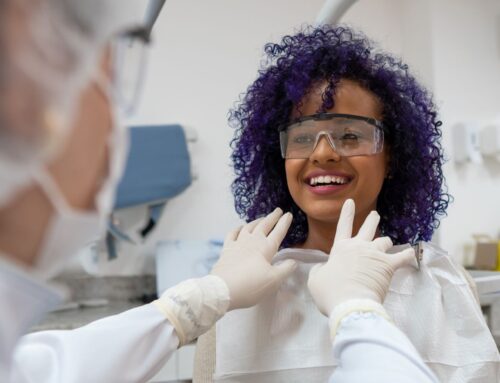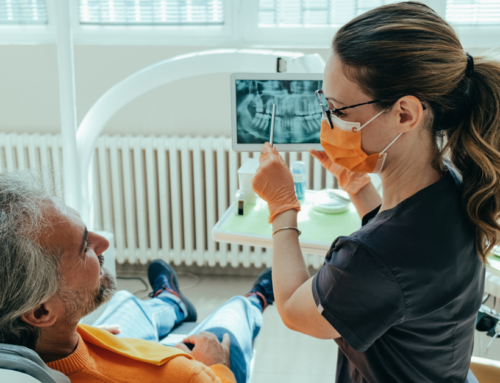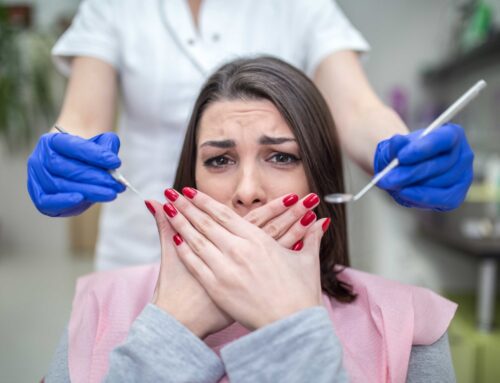The Associated Press (AP) investigation regarding generally accepted as good healthy practice of flossing has created a hornets nest of buzz. AP questioned if there was any scientific evidence that flossing was beneficial.
First off, the journalists with the Associated Press should be applauded for questioning assumptions. The same way that Mercury Fillings were assumed to be safe – it wasn’t until general assumptions were scrutinized before more contemporary scientifically based research revealed the truth.
The question should be: Is flossing hazardous to your health?
The act of flossing disrupts the oral biome. In other words, the act of flossing disrupts pathogens occurring between incisors an molars that are implicated in gum disease. The effect is far reaching, more so than the generally accepted benefit of the removal of plaque accumulation and alleviation of food impaction between teeth.
While there is surprisingly little supporting research evidence that flossing prevents cavities, there is more direct evidence of good dental health being related to better overall health. See an earlier article outlining the connection between diabetes and dental health.
Proper flossing technique means reducing trauma
Flossing around dental implants requires a particularly delicate touch because of a weaker gum to implant seal compared to that between gum and natural teeth. Not surprisingly, proper flossing technique requires conscious effort. So, watch for the following when you floss to get the best results:
- Use a new segment of floss for each area between your teeth. When using preloaded disposable dental floss, discard after each use. You don’t want to inoculate an otherwise healthy, balanced site with potential pathogens from a diseased site in your mouth.
- Look for discoloration on your floss – yellow or red in particular could mean an acute inflammation, leading to bleeding during flossing. Seek attention from your dentist. Rubbing your eyes shouldn’t cause a gush of blood – bleeding gums during stimulation while flossing is not normal.
- Watch for signs of pain – this could be caused by a more serious localized gum infection and a progression to an infection to the underlying supporting bone around your teeth. Assess for any swelling in the area or pus formation. Flossing should not acutely hurt.
- Malodour – typically occurring with a combination of food impaction and plaque accumulation – often times a poor contact between teeth allows for food to become impacted between teeth, especially between molars. Get an assessment done for chronic bone infection called periodontal disease or damaged dental restorations.
- Floss regularly – daily is best.
There is a study that demonstrated a correlation between regular flossing and the reduction of circulatory C-reactive proteins (CRP levels – used an indicator of the risk of heat attacks and overall inflammation) in 100% of the study subjects. Your goal should be the reduction of chronic inflammation or the prevention of chronic inflammation whenever possible. This small simple daily act is highly and easily achievable for most of my patients. Certainly, there are more involved procedures to help level, align and un-rotate crowded teeth to help reduce chronic inflammation.
A UK study demonstrated a direct correlation between dental crowding and chronic inflammation, interestingly, with no reduction in inflammation risk even with flossing! Could the UK study be the one that in fact shows that flossing is not effective in preventing disease and improving overall health?
Closer scrutiny of the results show that the devil is in the details
Closer scrutiny of the results show that the devil is in the details. The key in the study is the degree of pre-existing dental crowding. If there was more than a very specific amount of dental crowding occurring in study subjects beyond a certain age, daily flossing did not seem to help. Whereas the treating the crowding first did have an improvement on the inflammatory levels, and only then did flossing become effective in disrupting the oral biome.
So in other words – daily flossing helps if you don’t have crowded teeth. If you do have dental crowding , its not that flossing won’t help but rather , there is the issue of dental crowding that must be addressed first. Only then will flossing become effective in disrupting the oral biome and restoring health. Otherwise, the act of flossing is simply an uphill battle with pathogenic microbes in your oral biome.
The Dental Professionals at Georgian Dental® have been helping our patients identify conditions that meet the high risk of chronic inflammation category. Ask to be assessed by Dr. Tan and Dr. Crosby at no charge when you’re in for your next dental hygiene visit. The Professionals at Georgian Dental® are committed to helping you with holistic dental care for whole body health. Call Georgian Dental® Orillia at (705)325-1765 or Georgian Dental® Barrie at (705)739-6725, and we will help you Get Your Smile In Style!®READY TO GET THE SMILE YOU ALWAYS WANTED?
Appointment Request
If you’re interested in any of our procedures, and would like to meet with one of our dentists to discuss options, costs and get additional information, complete this short form and we’ll give you a call to arrange for a no-obligation appointment at our Barrie clinic.










